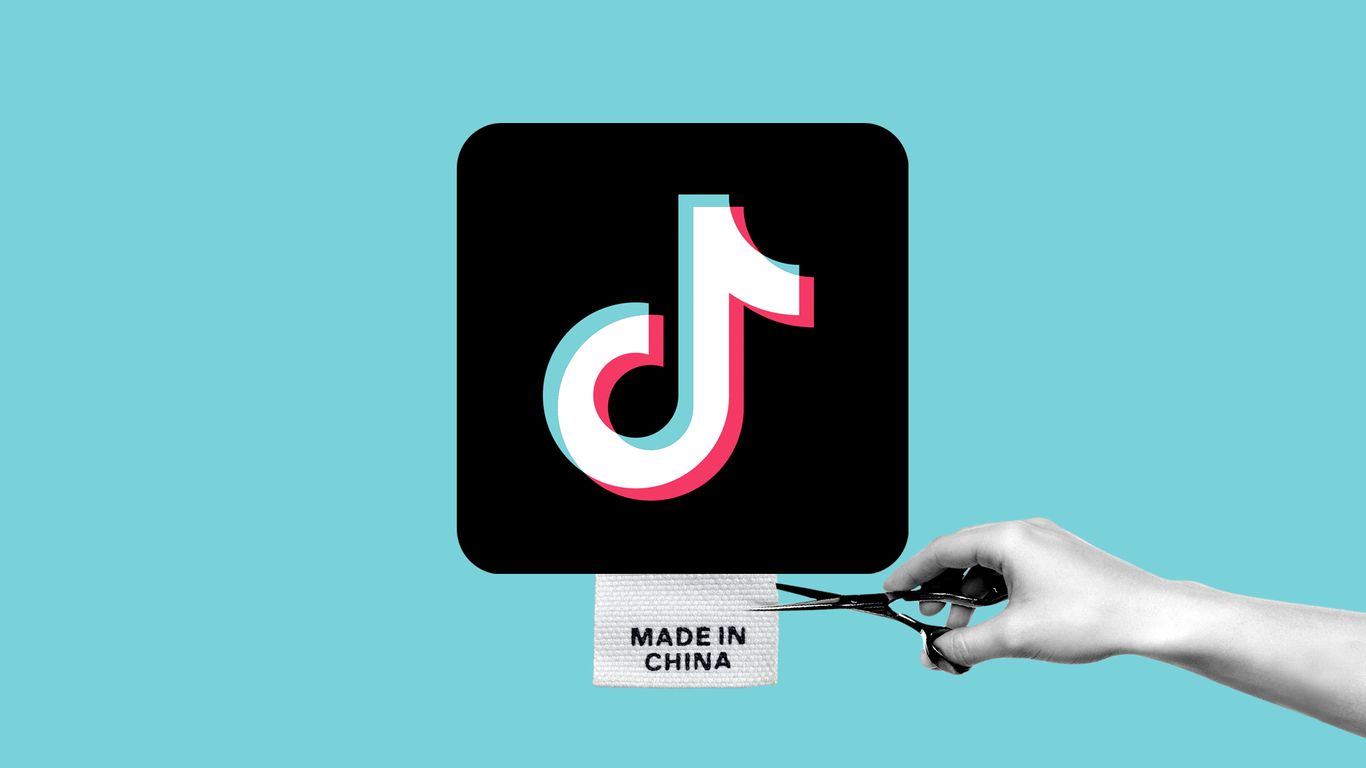The success of new-generation tea companies in China offers a way forward for other tea producers to derive more value from a commodity that faces a perennial supply and demand mismatch.
Addressing a session on ‘Global Tea Insights into Consumer Trends and Tastes’ at the India International Tea Convention in Kochi, experts have drawn attention to the changes that have taken place in the Chinese tea market.
China, the largest producer and consumer of tea in the world, has doubled its production to nearly 4 billion kg in 2024 from 2 billion in 2014, said Kurush Bharucha, former director of Unilever and global tea expert. According to Bharucha, new age tea companies and brands that have emerged in China during the past decade accounted for nearly 400-500 million kg of the increase in production.
“The Gen Z is exerting an increasingly gravitational pull, changing the mood music for tea. Gen Z emphasises social values and emotional experience in consumption”, he said.
He pointed out that brands blend traditional tea with diverse ingredients like milk, fruit, syrups, cheese foam toppings, and fruit purees etc. These innovations create an “endless stream of product metrics that constantly stimulate Gen Z’s taste buds”, he added.
Innovation is the only way to increase value from tea, as the global supply always outstrips demand. “Global supply has always exceeded global demand,” leading to “bearish buyer sentiment”, Bharucha said. The only way to overcome the situation is to bring innovative products and brands that would meet the aspirational needs of the new generation, he added.
Sharon Hall, Chief Executive, UK Tea and Infusions Association, stressed the stringent quality standards in the European Union market. She also pointed out the increase in demand for organic tea in these markets.
Yahya Beyad Britannia Tea Co. Ltd, Sanjay Singal, CEO, Wagh Bakri Tea Group, Ramaz, Chanturiya, and Director in General, Rusteacoffee Association also addressed the session.
Published on September 20, 2025
















 English (US) ·
English (US) ·  French (CA) ·
French (CA) ·  French (FR) ·
French (FR) ·